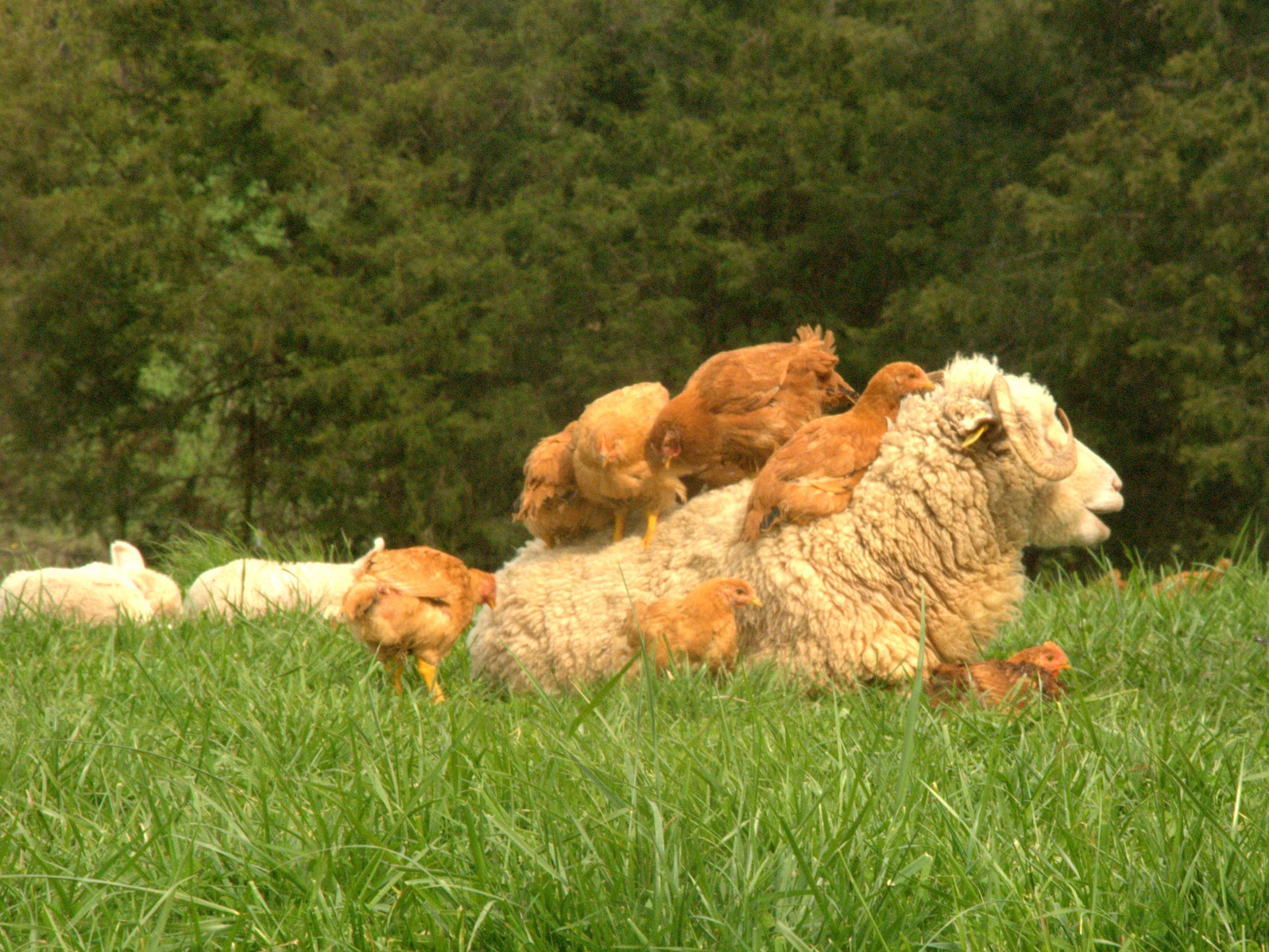Day 1 at RCF
This year Brayden will raise about 1500 chickens. If the weather keeps up it’s warm and cold spells he may even be able to go year-round and up that number by about 400.
The bottom line is that we sell a boat-load of chicken. I thought I would take this opportunity to tell you how they are raised on our farm.
First, beleive it or not, the chicks come in the mail at 1 day old. Our post office people people know from past experience how protective we are about our baby chicks after such a rough ride and they call us IMMEDIATELY when they arrive. They even open up early for us to get them home asap.
Once the babies are home each baby, one at a time, get it’s beak dipped in water with molasses and apple cider vinegar for an immunity and energy boost. They then get their beaks dipped in chick feed. Our feed is a certified Non GMO chick feed. These little ones are too bright so we’ve found that it can take them a bit to find the feed and water so this extra bit of attention really helps.
For the next couple of weeks their home will be a beautiful brooder designed with all of my (Debbie) motherly concerns attended to. Even though the industry standard is full light, 24/7 for heat, I was certain there was a way to give them a break from the light and so we became part of the engineering department Capstone Project and the graduating students developed a way to make that happen!!
Our chicks stay in the their cozy brooder for about three week, at which time they are fully feathered and ready for the outdoors.
The rest of their lives
We really believe that the organic apple cider vinegar we feed helps them to feather out earlier than normal, which gets them out on the pasture sooner.
We like to think of this stage of their lives as the “tweenager” stage. They think they’re ready to tackle the world but in actuality, not really. This is the time when our guard dogs get to know them and they get to know the guard dogs. – from inside a chicken pen out on the pasture. During this stage, they’ve got their own “pad” and they get moved daily while the dogs guard against anything trying to dig under the pen.
They stay in the pens for another week or so until the birds learn to trust the dogs to their jobs. I once wrote a blog post called ” Everyone loves chicken, even people” that explained all the different critters that love chicken as much as we do. Snakes, owls, hawks, weasels, possums, cats, dogs, fox, etc., etc. LOVE to eat chicken.
Once everyone is used to the outdoors with all the new dangers, the birds go out into the great outdoors where there are trees to jump in, compost to dig in, pastures to roam and bugs to eat. Our birds are usually around 15 weeks when they’re butchered compared to the 5 weeks of conventional birds, that’s a very long life for a chicken.
This little chicken lesson will show why our chickens are so much better than those in the grocery store, even if they’re labeled organic and free range. I think it also shows all the places where corners can be cut in order to sell birds for lower prices. If price is what appeals to you, there are plenty of options for chicken but is this kind of life is what you want to for the chickens you serve your family, your support makes sure their available.
Partners again – a recurring theme.


